HOME > Product List > Veterinary medicine >
- PREVIOUS:Pyridaben
- NEXT:Carbendazim
Acetamiprid
$75 $0 MORE & SAVE!BULK QUANTITY DISCOUNT RATES
Acetamiprid is a highly efficient and low-toxic neonicotinoid insecticide. It belongs to the neonicotinoid compounds (the same category as imidacloprid, thiamethoxam, etc.). It mainly acts on the nicotinic acetylcholine receptor (nAChR) of insects, blocks nerve conduction, and causes pests to become paralyzed and die.
Product Details
1.Basic Properties
·Chemical Name: N-(6-Chloro-3-pyridylmethyl)-N-cyano-N'-methylacetamide
·Molecular Formula: C₁₀H₁₁ClN₄O
·CAS Number: 135410-20-7
·Appearance: The pure product is a white crystalline powder with no odor.
·Solubility: Slightly soluble in water (420 mg/L, 25℃), and easily soluble in organic solvents such as acetone and methanol.
2. Action Characteristics
·Mode of Action:
Strong Systemic Activity: It can be absorbed by the roots, stems and leaves of plants and transmitted throughout the plant, which is especially suitable for controlling concealed pests (such as pests on the back of leaves).
Contact Poison + Stomach Poison: It takes effect quickly after direct contact or ingestion by pests. Most pests die within 1 - 2 days after application.
·Insecticidal spectrum:
Piercing-sucking mouthpart pests: aphids, whiteflies (such as greenhouse whiteflies), leafhoppers, thrips, planthoppers (such as brown planthoppers of rice), etc.
Some Coleoptera / Lepidoptera pests: such as flea beetles, newly hatched larvae of cotton bollworms (with weak control effect, not the main target).
3.Application Value
Acetamiprid has become one of the mainstream pesticides for controlling piercing-sucking pests in global agricultural production due to its characteristics such as high efficiency, low residue, and strong systemic action. It is especially suitable for the management of resistant pests (such as aphid populations resistant to traditional organophosphorus pesticides). However, its high toxicity to aquatic organisms requires strict control during use to reduce environmental risks.
4.Common Dosage Forms and Usage Methods
·Dosage Forms: 3% Emulsifiable Concentrate (EC), 10% Wettable Powder (WP), 20% Suspension Concentrate (SC), 70% Water Dispersible Granule (WDG), etc.
·Usage Methods: Spraying: The dilution ratio is usually 1000 - 3000 times (adjusted according to the dosage form and crop), and the back of the leaves should be the key spraying area.
·Soil Treatment: Absorbed through the roots (such as for controlling underground pests or aphids in the seedling stage).
·Control period: Application during the initial stage of pest emergence or the early instar larval stage yields the best results.
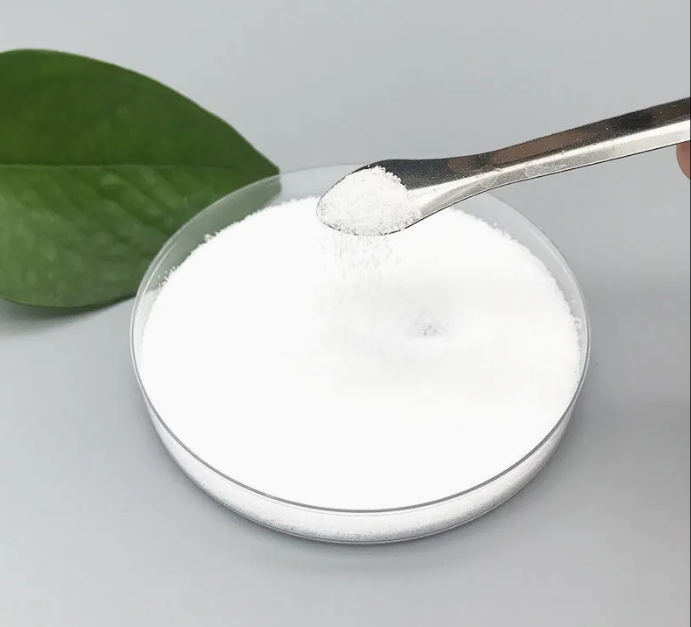


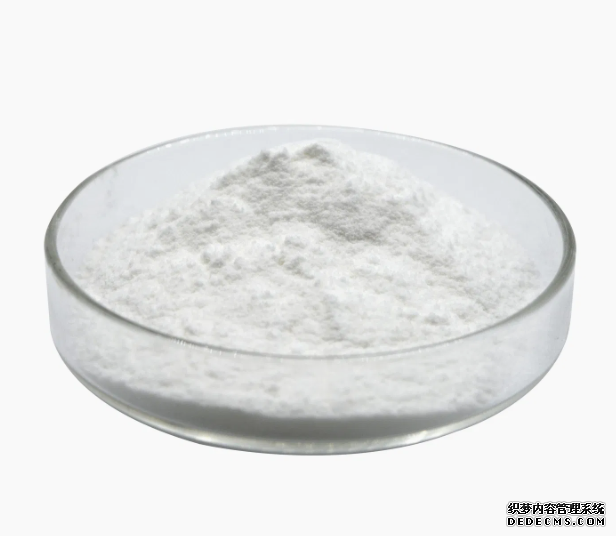
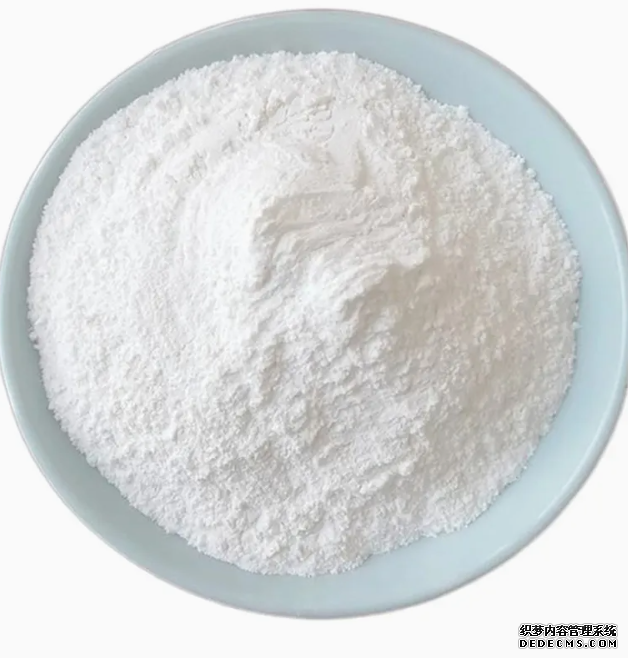
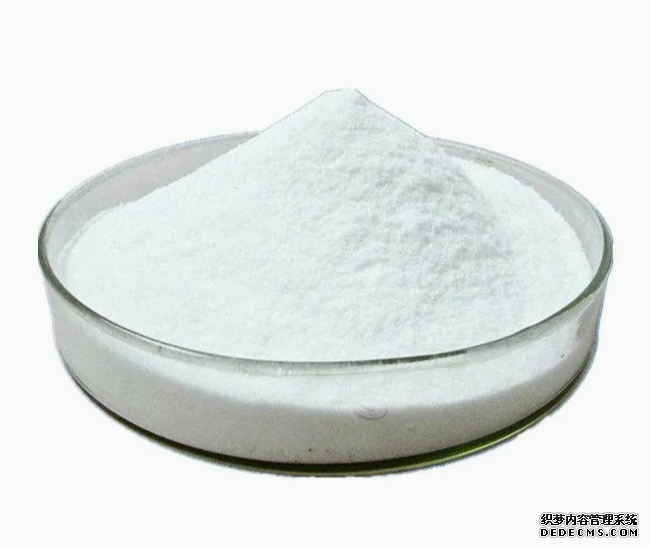
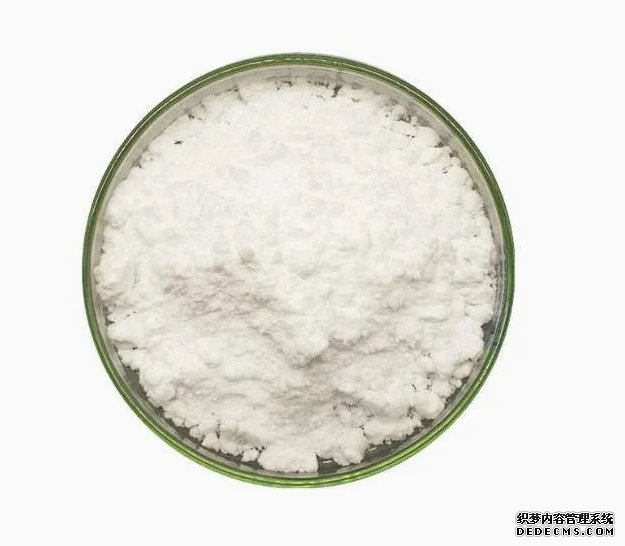


 QQ客服
QQ客服